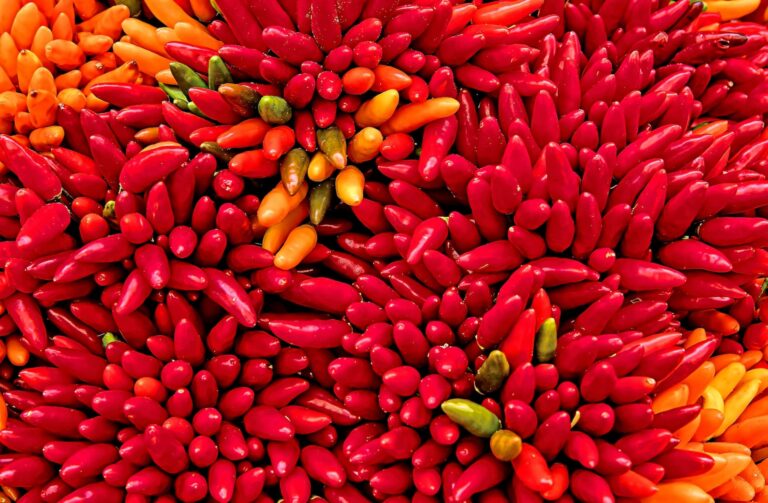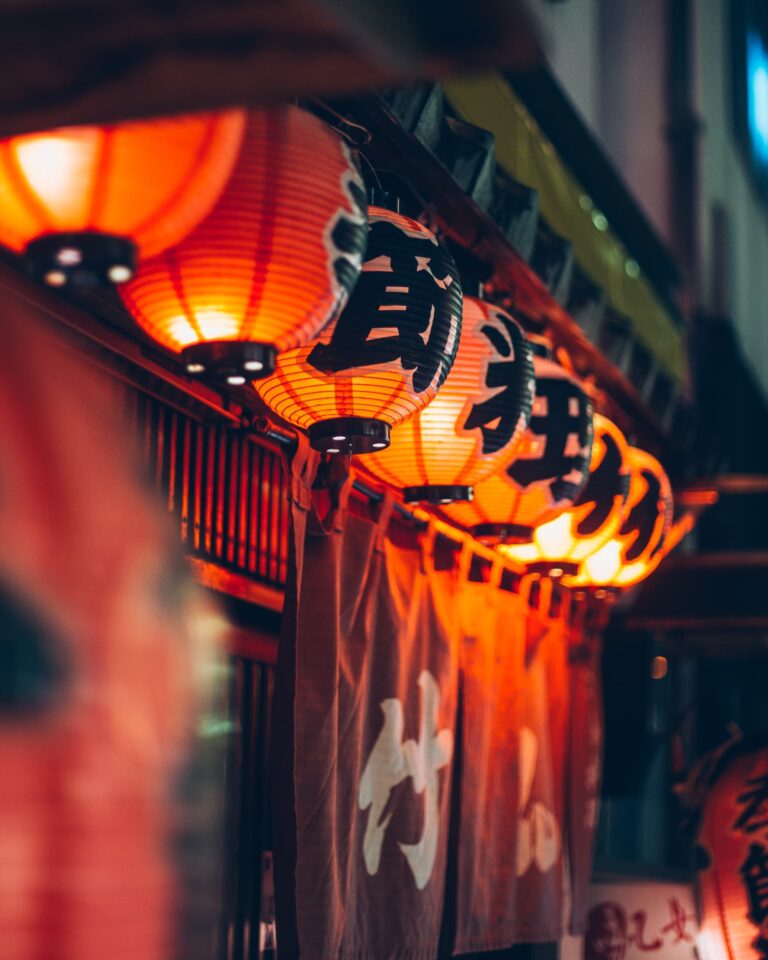Gochujang is Korea’s most popular hot sauce. It’s also known as a red chili paste and is very spicy and concentrated in flavor. It’s commonly used as a marinade for meats, added to stews and soups or served as a condiment.
Popular brands of this hot sauce include Sempio, Chung Jung One and Wang Korea.
History of Korean Hot Sauce
Hot sauce first originated in Mexico 9000 years ago. The Aztecs created a paste out of chili peppers and water to add a spicy kick to their food. It was also used for medicinal purposes thanks to its anti-inflammatory properties. Since then, and thanks to the likes of Christopher Colombus, hot sauce popularity has spread across the world. Now, countries have created their individual hot sauce recipes, tailoring the spicy sauce to their cuisine.
Gochujang first appeared in the 15th Century [1]. Chili peppers were brought to Korea from Mexico by the Colombian Exchange. It wasn’t until the 18th Century that gochujang became a popular hot sauce. Although, it was only used by those who could afford it.
Over the next three centuries, gochujang became popular all over the world, including many Western countries such as the U.K. and the U.S. One main reason for gochujang becoming so popular was that when Koreans visited a new country, they always took some of the hot sauce with them [2].
Popular Gochujang Hot Sauces
Sempio
The Sempio gochujang sauce has been created from sun-dried chili peppers to give you a sweet and savory taste that’s full of spice. It has a thick consistency which makes it great for adding to stir-fries or stews. With a high heat level, it has a spicy kick that will add plenty of flavor to your Korean dish.
Along with the chili peppers, other ingredients include rice, soybeans, corn syrup and garlic. You’ll also be pleased to know it’s a low-calorie sauce with 0g of fat [3].
A popular idea to use the Sempio sauce with is an easy gochujang tofu meatball recipe. Once you’ve created your meatballs with tofu, ground beef, breadcrumbs and onion, you can then add the Sempio sauce along with water and let it simmer on medium heat for five minutes. Just make sure the meatballs are thoroughly cooked before serving [4].
Chung Jung One
Made with red pepper seasoning, rice, corn syrup, salt, water and garlic, this gochujang sauce will ensure your meal is packed with heat. It’s also been created with dried chili peppers to give the paste a high amount of spice. Chung Jung One also only use chili peppers that have been grown in Korea.
You can use this gochujang sauce to create traditional Korean dishes such as spicy rice cake and bulgogi.
The paste usually comes in a large tub, so you have plenty to use. Thanks to it being able to keep for numerous months, you also don’t have to worry about it going out of date.
Wang
This Wang gochujang hot sauce has been fermented to ensure its full of flavor. Its key ingredients include corn syrup, red pepper powder, garlic and onion. Just like the other brands of gochujang, you can use this sauce as a base for stews or added to a stir-fry.
It has a slight, sweet taste which begins to pull through once the gochujang is added to a source of heat. Also coming in a large tub, you’ll be able to have plenty of uses with this Wang gochujang.
Health Benefits and Nutrition Value
Gochujang features many health benefits. It’s full of healthy nutrients that keep your body ticking such as vitamin C, vitamin A, protein, iron and fiber.
The vitamin C in this Korean hot sauce will help to keep your immune system working while also repairing any damaged body tissue. It’s also full of vitamin A, which helps to keep your eyes healthy, as well as aiding growth and reproduction. The protein found in gochujang will help your body to build muscle, the iron will help to transport oxygen around your body and fiber ensures your digestive system keeps working properly.
As one of the main ingredients in gochujang is chili peppers, this means the sauce is also high in capsaicin. This is what gives chili peppers their heat. When it comes to your body capsaicin can help to boost your metabolism and aid weight loss. Not only this, but research has shown that capsaicin can help prevent diabetes and even some types of cancer [5].
Cooking with Gochujang
This Korean chili paste will be sure to add heat to any dish. It’s a versatile sauce that can be added to stews and soups, served as a condiment, or even mixed with a little water and drizzled onto meats such as chicken. Popular everyday meals you can add it to include meatballs, beef stew and sticky chicken stir-fry.
With a pungent taste and thick consistency, you only need to add a little gochujang to spice up your food. This means that the huge tub it comes in should last you a fair amount of time. As the method to create gochujang hasn’t changed over the centuries, it means it’s easy to make your own chili paste.
The ingredients you’ll need are:
- Gochugaru
- Mejugaru
- Barley malt
- Sweet rice
- Fermented soybean powder
- Salt
These ingredients may sound hard to come by, but most will be available in an Asian grocery store or online. You can use however much of each ingredient you like and tailor it to your tastebuds or create it in smaller or larger quantities.
You should start by creating malt water. This involves soaking the barley malt and then straining the milky liquid. Try and extract as much malt as you can from this malt water. Next, you should mix the malt water with sweet rice and boil it until it becomes a thick liquid. Lastly, add the gochugaru, soybean powder, mejugaru and salt to create a creamy paste. You will need to give your gochujang time to ferment. The process usually takes 60 to 90 days, and it should be left in a cool, dry place. Once the hot sauce has fermented it’ll be ready to use and should be kept refrigerated [6].
Gochujang hot sauce dates back to the 16th Century. As the sauce can be added to a variety of different dishes such as stews and stir-fries, it’s become more popular over time. With so many different ways to use it, why not give the sauce a try? Or even attempt to make your own.
Sources
[6] Korean Bapsang. “How to Make Gochujang.” Korean Bapsang, 2021.
[1] Chef’s Society. “Gochujang – Korean Hot Pepper Taste.” Chef’s Society.
[2] Tasting Table. “Gochujang’s Long History in Korea.” Tasting Table.
[3] Sempio. “Gochujang, Hot Pepper Paste, Classic.” Sempio.
[4] Sempio. “Gochujang Tofu Meatball.” Sempio.
[5] Wahome, C., and Baby, D. P. “Health Benefits of Gochujang (Korean Red Pepper Paste).” WebMD, 2022.
[6] Korean Bapsang. “How to Make Gochujang.” Korean Bapsang, 2021.







